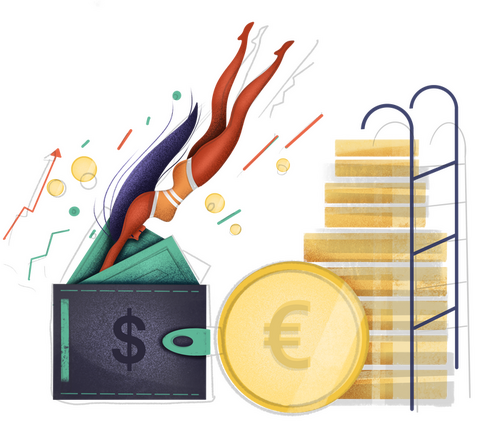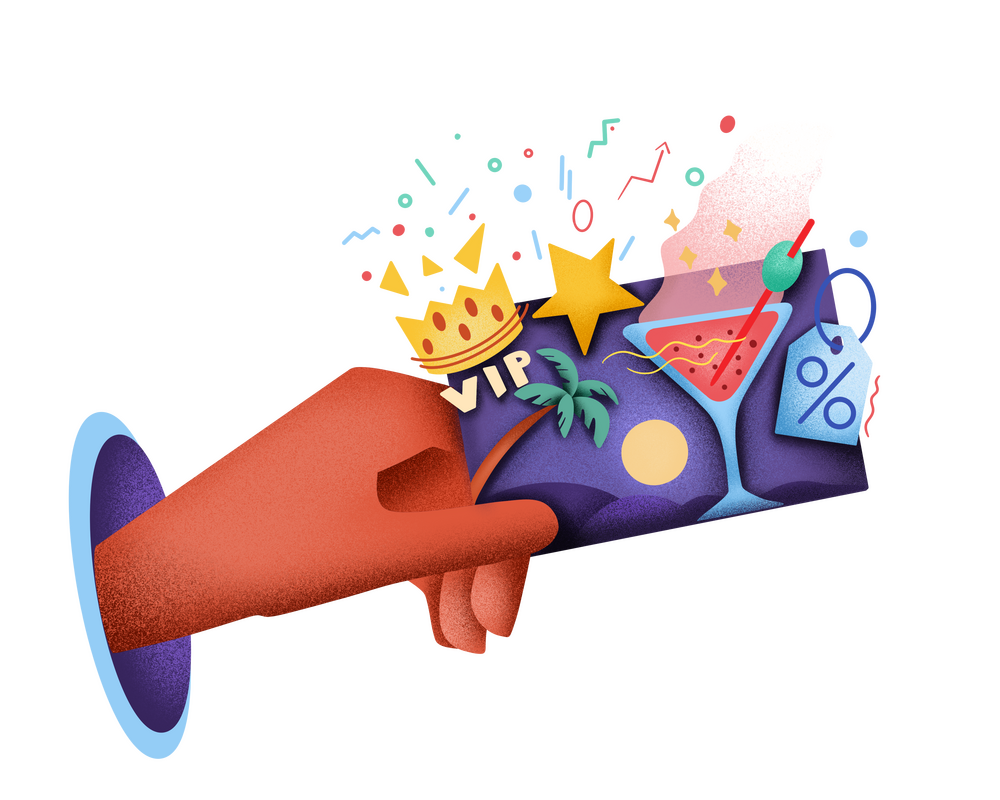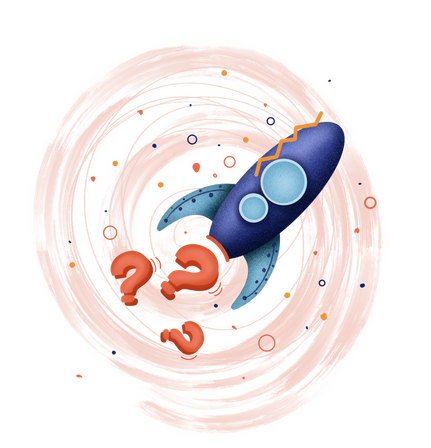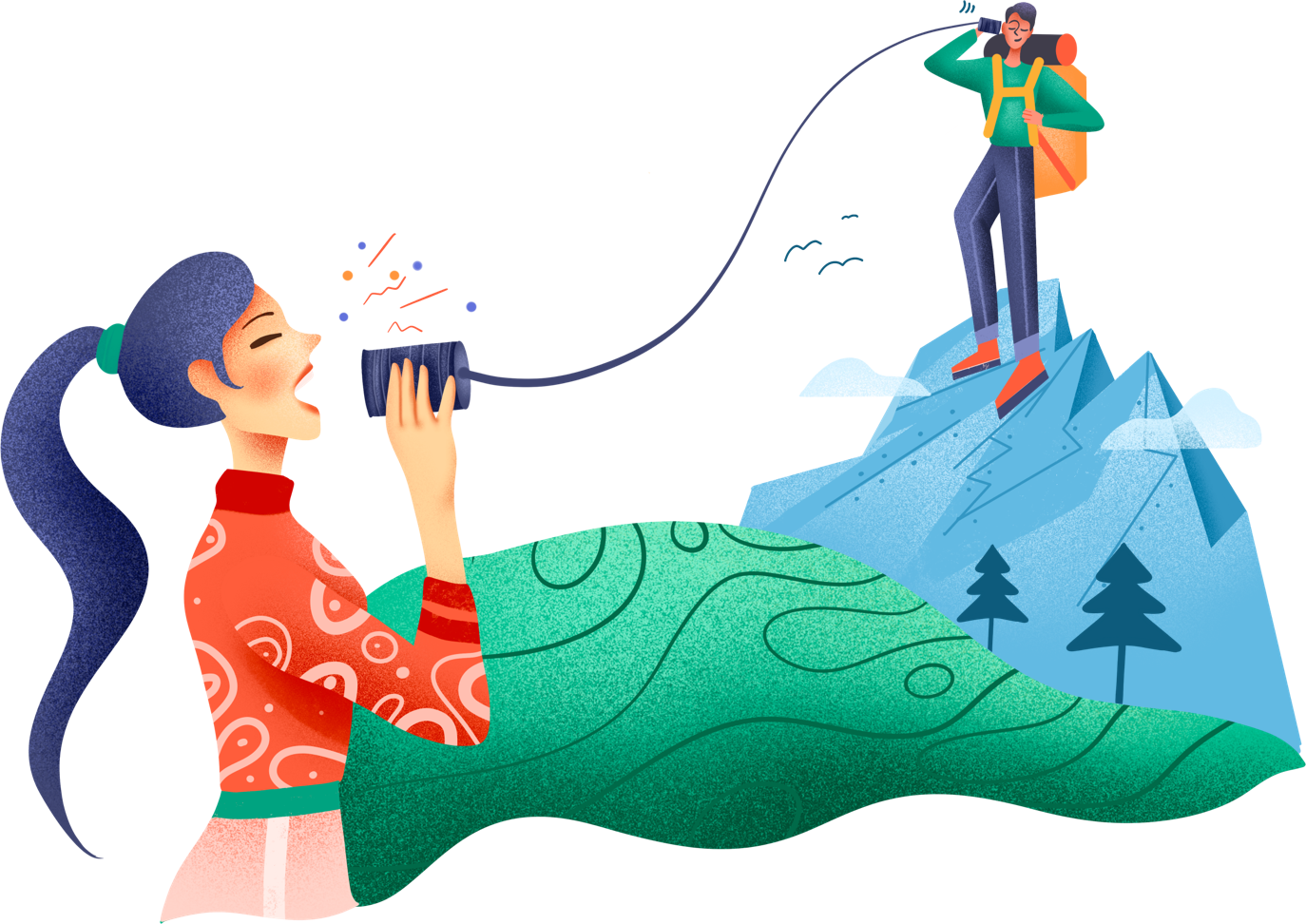Why did you get into business in the first place?
Chances are you saw a need and figured out a way to meet it, built a better mousetrap, or made something beautiful that the world wants.
Because motivation is typically rooted in perception (perception of need, perception of what constitutes improvement, perception of beauty) and because financial health is often at stake, there’s a lot of pressure on new business owners to quickly draw customers in and make them stay. (It’s called validation.)
If you think you’re alone in the esoteric world of how do I make them need me, think again. Especially given the environment of “constant innovation and improvement” we live in, even seasoned business owners experience this kind of stress from time to time.
Here’s the good news: if you look at it from a purely strategic and logistical standpoint, making yourself discoverable and getting customers to take action isn’t really that mysterious. It’s even got a name! It’s called a sales funnel.
Whether you heard about sales funnels for the first time in business school, from your compulsively entrepreneurial tech-bro-in-law, or right this minute, you’re likely going to find a lot of conflicting advice about how to use them. We’re here to clear up some of that confusion. First, we’ll explain the stages of a sales funnel, then we’ll teach you how to use it effectively.
What is a Sales Funnel?
The sales funnel is a model that describes how a customer is nudged from the beginning stage of awareness of your brand to the final phase of taking action.
In traditional sales, there are four phases to the funnel. To illustrate, we’ll follow a foodie customer, Lily, on her mission to make the perfect holiday turkey.

Awareness
In this phase, a customer discovers that they have a problem and begin researching ways to solve it. As you can imagine, solutions at this point are virtually endless.
Lily has discovered that she has a need to fulfill: she doesn’t have a roasting pan for her holiday turkey.
She consults Google: “24 pound turkey roasting pan.” Lily is instantaneously barraged with an endless deluge of shopping results, recipes, blog posts about pans, and cooking guides.
Interest
Customers enter the Interest phase when they overcome the information overload and start clicking around or otherwise interacting with different companies. If you’ve ever sifted through reviews or watched multiple YouTube videos about a product, you’ve experienced the Interest phase.
A customer can travel between the Awareness and Interest phases multiple times. (Scroll, scroll; click in, click out; revise search parameters; scroll, scroll, scroll. We’ve all been there.)
Lily sees several roasting pans that look nice, but realizes learning ~how~ to cook a turkey may help inform her decision. (Lily does not appear to be well informed on any of this. Girl, you’ve got some work to do!) She watches some how-to videos and runs into a blog post that offers size recommendations for roasting pans.
Armed with this information, she reverts to the Awareness phase for a more specific search: “16 x 13 roasting pans.” She sees some shopping results, followed by recipes for roasted summer veggies. To her delight, she’s reminded that she can justify spending a little more on a pan that’ll last her long past the holidays.
Decision
In this phase, the customer has decided what action to take, but may be comparing different options or deliberating in another way.
Lily has decided on a RoastLite pan mentioned in one e-store’s super helpful blog post on all things turkey. It’s the right size, durable, and relatively affordable. The last step is to decide where she’ll purchase the pan. After thinking about it for a second, she decides to purchase from the shop that authored the blog post, because she’s appreciative of their comprehensive help.
Action
This is when the customer takes an action. He or she might make a purchase, sign up to receive newsletters, or enter a giveaway. If you’re the merchant, this is the moment when a customer does what you want. Yahtzee!
Lily enters the Action phase when she completes checkout.
You probably don’t sell roasting pans (if you do, mayhaps this is a sign you should work with us), but this journey is the same whether you sell pet accessories, essential oils, CBD products, or hand-knit scarves.
The predictable uniformity of the funnel does not, however, mean it’s a one-size-fits-all thing. How you set it up and use it matters. Next, we’ll talk about how to custom-fit a sales funnel to your Shopify store.

Optimizing Your Sales Funnel
This is not your grandmother’s sales landscape. Thanks to the internet and personal smart devices, customers can (and do) spend weeks shifting between Awareness and Interest, only to make a Decision and take Action in minutes. (If you’ve ever shouted, “FINE! You got me!” at a Facebook ad while whipping out your credit card, you know exactly what it’s like.)
This means it’s more important than ever to consistently tune your funnel to keep your brand in the foreground, competitive, and engaging.
Awareness Optimization
Picture a giant fishing net. It’s huge. It covers a lot of fish, but the holes are so large, fish keep falling through. Wouldn’t a smaller net with a tighter weave ultimately net you more fish?
Some business owners think a marketing campaign that’s seen by tons of people is effective. Unfortunately, it’s a little more complicated than that.
It’s good to be seen by a lot of potential customers, but given that most internet-saturated people have the attention span of a goldfish (we’re really feeling this nautical motif), you also need to find creative ways to hold them captive.
Show them needs they didn’t know they had, then offer them the perfect solution. Uniquely solve their problem. Speak their language. Brush up on your basic psychology and apply a little subliminal messaging. The world is your oyster!
Forsaking our seabound friends, let’s look at an example of solid marketing:
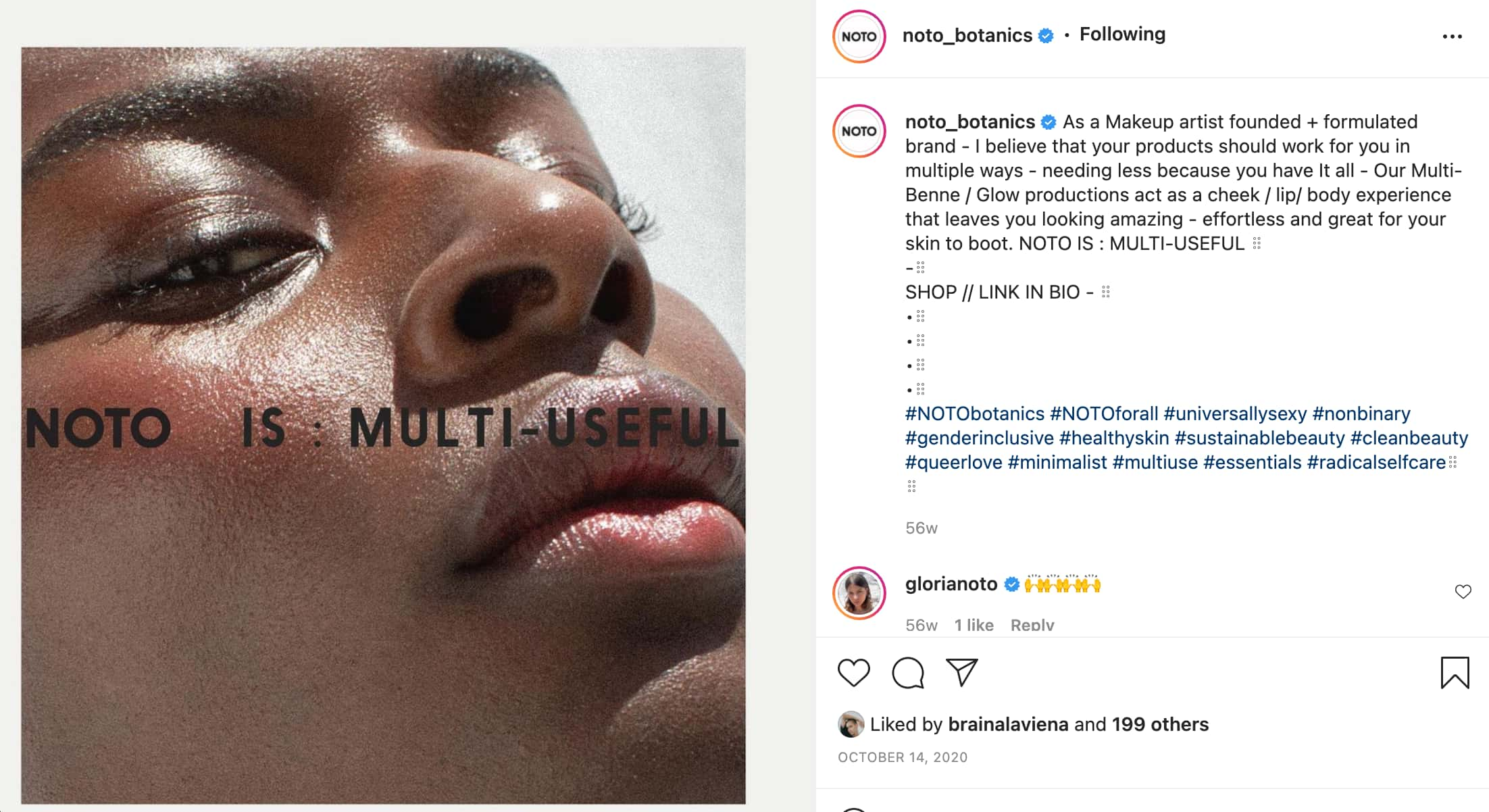
Say Lily’s on the hunt for some new cosmetics. She knows she needs a new lipstick, and she’s seen about 1,230,457,908 options on Instagram. What’s a girl to do with so many choices?
What about...one product to rule them all? (Lips, cheeks, eyes, oh my!)
And it's good for my skin?
And I’ll be feelin’ myself like this G-L-O-W-I-N-G non-binary beauty right here?
*Add to Cart*
NOTO Botanics is using a net with narrow holes. They showed Lily an innovative iteration of something she was already looking for, that maximized her options with just one purchase. Then they upped the ante by subliminally telling her that she, too, can be empowered and beautiful by using their product.
(Pssst, they also quietly nodded to inclusivity. No bold diversity statements, just one hell of a Black, trans model. A half-second glance at their Instagram or website will confirm that they are not here to play when it comes to diversity; a slightly longer glance will confirm that they've always been that way. That, my friends, is what we call auuuthenticity--and it's like catnip for consumers.)
Generating Interest that Sticks
So you’ve got their attention, but how do you hold it? One key way to increase interest with potential customers is by becoming a trusted resource. Today’s consumers rely heavily on reviews and social proof to help them make a decision. Communicating that you are an expert on whatever you’re offering will go a long way toward establishing credibility and trust.
You might be an e-commerce and mobile app development agency with a blog that writes helpful articles for business owners. (Ahem.)
Maybe you’re a personal trainer who wants to grow his or her online class client base with effective, bite-sized teaser workout videos.
Whatever action you want your customer to take, there’s no question that exciting, helpful content will bolster your funnel’s health. All the better if it’s easy to share! Everyone is doing their research, and they’re more likely to engage with your brand if referred by someone they know.
Mr. Right, Right Now
If your customer has come this far, congratulations! You’ve likely put a lot of thought and love into your sales funnel, and it’s paid off. To keep the customer from slipping back into Interest or Awareness, your best next move is to incentivize them to make that Decision right now. Whether it’s offering an instant coupon or following up on an abandoned cart with a special offer, consider doing something to sweeten the deal--on the condition that the customer acts fast.
Pro-tip: abandoned cart notifications are awesome for sale recovery, but they’re also a great opportunity for a gentle upsell. Think about offering a coupon code for an additional service or product which can be applied to the abandoned order if it’s placed within a few hours after the notification is sent.

Affirmation of Action
Yay! Your customer placed an order (or did something else you wanted)! Your work is done, right? Not so fast.
Every successful business knows that affirmation of a customer’s action--and a personal connection--is essential. Once the customer leaves the Action stage, send a little something to thank them for their support. This could be a personalized email or note in their shipment, a coupon for a follow up purchase, or a referral bonus; basically anything that says THANK YOU.
The consumer landscape is constantly shifting, but with a little creativity, strategy, and adaptability, you’ll be able to keep up. Not sure where or how to start? Analyzing and upgrading sales funnels gives us life. Let’s get this party started.









